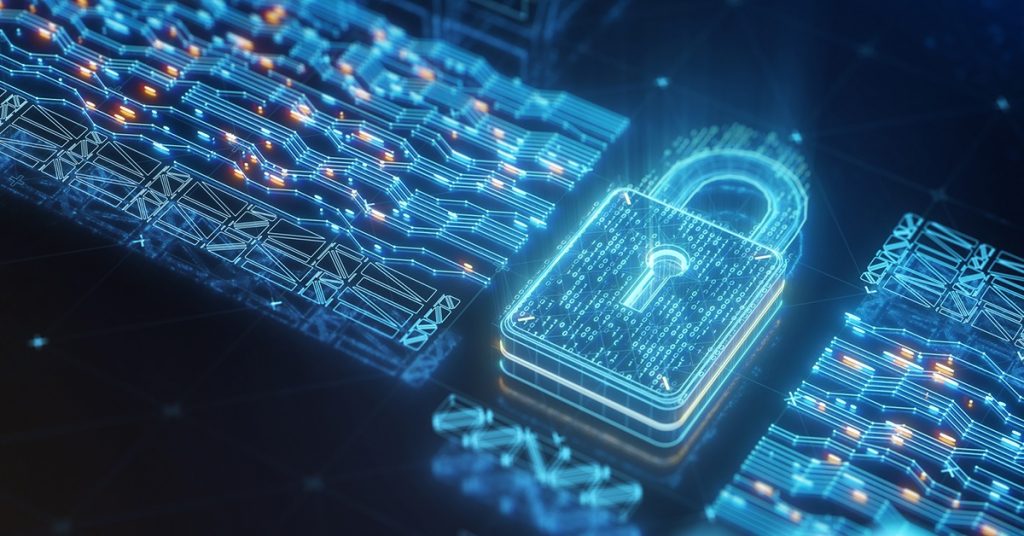Gen Z Advertising Helps Brands Stay Relevant in a Rapidly Changing Market
Gen Z represents the newest and one of the most influential generations in the consumer market. As the world becomes increasingly digital, brands must adapt to this tech-savvy, socially conscious, and highly diverse demographic to stay relevant in an ever-changing marketplace. Advertising targeted at Gen Z is crucial for any brand hoping to thrive in this dynamic environment. Unlike previous generations, Gen Z expects brands to not only sell products but also align with their values and engage with them in authentic ways. One of the key reasons Gen Z advertising is so important is their strong connection to technology and social media. This generation has grown up in the age of smartphones, social media platforms, and constant connectivity. As a result, their attention span is often short, and they are bombarded with an endless stream of content. To capture their attention, brands must create advertisements that are engaging, quick, and meaningful. Gen Z tends to favor interactive, short-form content such as TikTok videos, Instagram Reels, and YouTube Shorts, all of which provide opportunities for brands to connect in fun and innovative ways.
Ads must be tailored to these formats to appear natural in users’ feeds rather than feeling like traditional, intrusive commercials. Moreover, Gen Z places great importance on social values. They are highly concerned with issues such as sustainability, diversity, inclusivity, and authenticity. Brands that do not reflect these values are often met with backlash or indifference from this audience. To resonate with Gen Z, businesses must ensure that their messaging is transparent and authentic, demonstrating a commitment to the causes they promote. For example, Gen Z is more likely to support companies that prioritize environmental sustainability, equitable hiring practices, and social justice initiatives and check this site https://blog.featured.com/how-can-you-effectively-connect-with-gen-z-consumers-in-advertising/. They are adept at spotting brands that are green washing or claiming to support causes just for marketing purposes, which makes honesty and genuine actions essential in any ad campaign targeting them. Personalization is another vital element in advertising to Gen Z. This generation is accustomed to curated content and personalized experiences, especially through platforms. Therefore, ads that are tailored to their preferences, browsing behaviors, and interests are much more likely to succeed.
Data analytics and artificial intelligence have made it easier than ever for brands to collect consumer data and create more personalized advertisements. These personalized ads feel less like traditional advertisements and more like relevant content that speaks to the individual. Gen Z’s desire for personalization also extends to the types of products they purchase. They want to feel as though they are choosing items that align with their unique identity, rather than conforming to mass-market trends. Influencer marketing has emerged as another powerful tool in reaching Gen Z. This generation trusts influencers and peers more than traditional celebrities or advertisements. They value real, unfiltered opinions, and many turn to social media influencers for recommendations and advice. As such, partnering with the right influencers who resonate with Gen Z can be an effective strategy for boosting brand awareness and driving engagement. The key here is authenticity Gen Z can easily spot inauthentic collaborations, so it is important for brands to work with influencers who genuinely align with their values and products.








